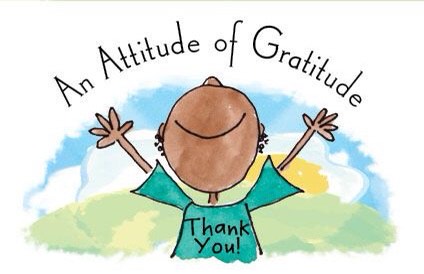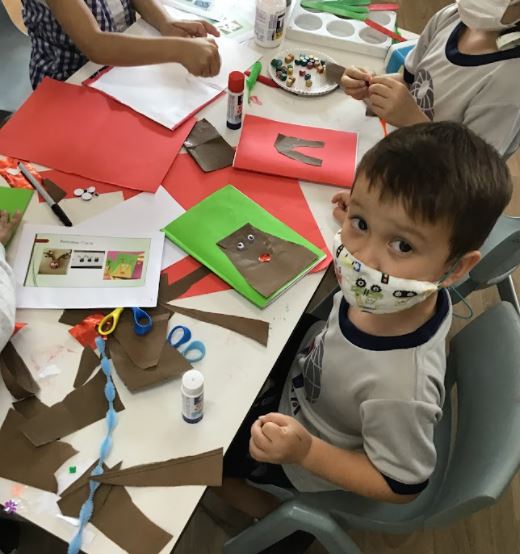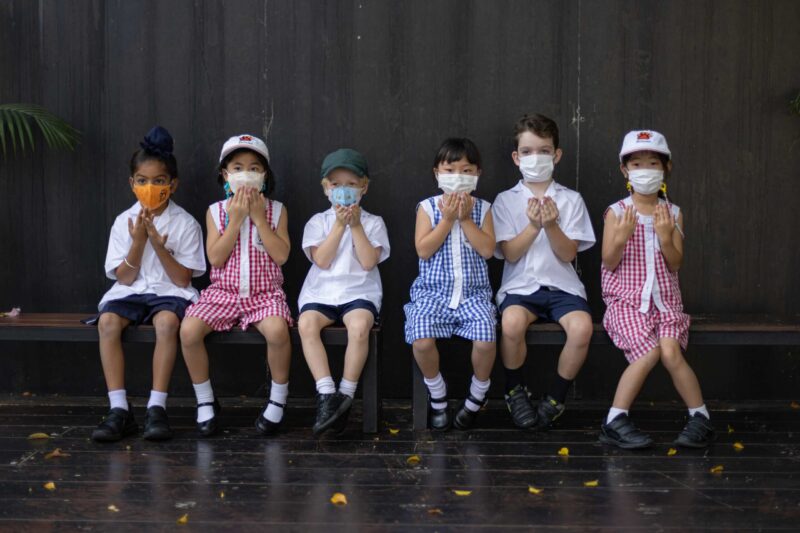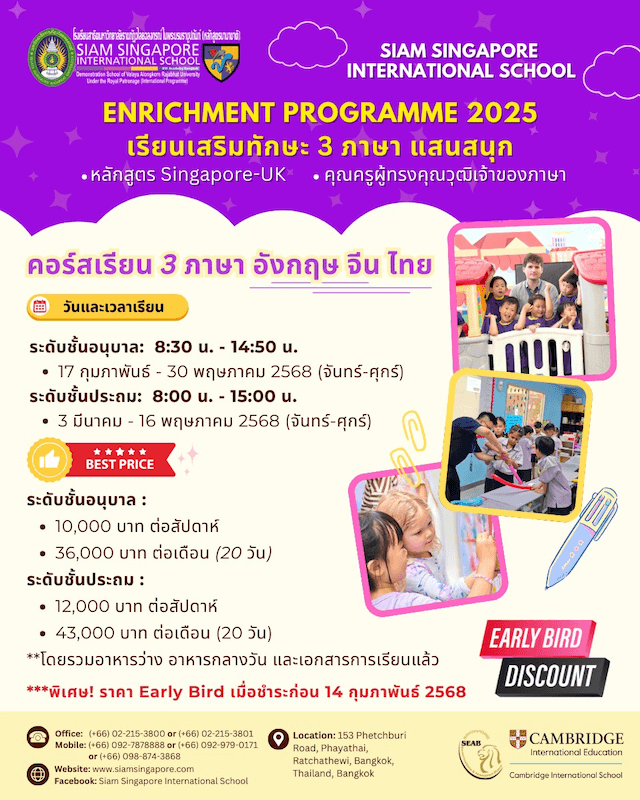With all that has been going on in the world causing us ongoing stress and anxiety, there is a lot of talk about well-being and how to take care of our mental health. Gratitude and practicing gratitude have become well-being buzz words these days. But what does that actually mean? How does it affect our brains? And what are some easy and fun ways to cultivate gratitude, especially for kids?
The definition of gratitude is the quality of being thankful; readiness to show appreciation and to return kindness.
Another way of viewing gratitude is as a method by which to tune into the positive aspects of our lives. In any given situation, there are always both positive and negative parts. Sometimes you have to look really hard to find the positives, sometimes the positives never really present themselves to us and sometimes we can’t see the positives until well after the event has occurred. Our brain is most often geared to see the negatives or the challenges of any given situation. As a result, we can often feel anxious, overwhelmed, sad or angry. However, when we start to practice gratitude, i.e. look at the positives things in our life, this begins to balance out the brain. Our brain is always trying to seek balance or equilibrium, so one way of looking at practicing gratitude is that you are not necessarily trying to only focus on the positives or the negatives, but you are attempting to see the whole situation.

The reason this begins to balance out the brain is because when we practice gratitude, or we express gratitude, our brain releases the ‘feel good’ hormones, dopamine and serotonin. These are our inbuilt anti-anxiety medication. Therefore, practicing gratitude brings us positive energy and begins to balance and neutralise any negative energy you might be experiencing.
As the act of gratitude is changing the chemical balance of our brains, it is also changing our neural pathways. As such, it has huge amounts of benefit to our overall well-being, physical and mental health, as well as our relationships and capacity to learn and engage in every aspect of our lives.
There are a lot of fun ways to cultivate this positive energy. If you search for gratitude exercises, there are lists and lists available- you may have even tried some. Here are a couple of very simple and fun ways to begin to integrate gratitude with our children.
Do something or create something for someone else
Kids inherently love to do things for others, they have an inherent sense of knowing that it ‘feels good’. As a parent or caregiver, you can help to foster this love. It could be something as small as making their own Christmas and Birthday cards instead of buying them, baking something to give to somebody, drawing a picture to send to grandparents abroad, supporting them to engage in charity. This list is endless and if you ask your children, they will likely have a long list of wonderful ideas.

Mindfully spend time doing your child’s favourite activity:
Tell your child that they get to choose the activity you do with them today, whether for half an hour or for the full day. Give them as much choice and control over this activity as you can. Children learn best from modelling and through this activity, you are modelling to them the generosity in giving time and attention.

Model truly saying ‘Thank you’:
Kids are constantly absorbing everything they see you do and hear you say. It is the fastest way they learn. Begin to tune into mindfully saying ‘thank you’ to them and to others around you. Become aware of the moments in which you are feeling grateful for something they or others have done. So often we say ‘thank you’ on auto pilot and are not really aware of the fact that we are feeling grateful. Take the time to say ‘thank you’ to your children in a mindful and heartfelt way.
Spend time reflecting on challenges to find gratitude:
We often spend time thinking about the negatives, the downsides and the hard parts of the challenges we face. It’s not so easy to find the benefits, or to focus our attention on these. The pandemic has been particularly challenging for us all; surely, we can all very quickly name ways this time has impacted us in negative and challenging ways. However, see if you and your children can look back on the last year or so and list some of the benefits from this time. Discuss how the challenges you have faced are actually paired with some hidden benefits. This exercise particularly allows the brain to find balance and equilibrium around events that may have initially seemed only negative.

Editors Note: With Christmas fast approaching this is a good time to remind our children to be grateful for everything they have and try to extend that by doing things for others, and discussing how ‘giving without receiving’ can sometimes be the best gift of all.














